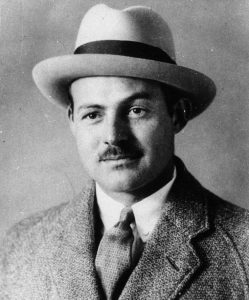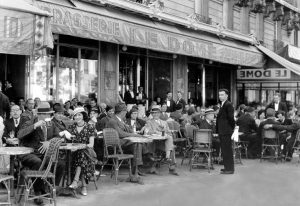In A Moveable Feast Hemingway wrote a chapter about his meeting with the painter Pascin. It is called “With Pascin at the Dome”. The Dome of course being one of the cafés of Montparnasse. Pascin was a well-known figure in the art scene of Montparnasse in the time Hemingway lived in Paris and frequented the cafés of Montparnasse. People called Pascin The Prince of Montparnasse and he was regarded as a living symbol of the artistic community associated with the neighborhood.
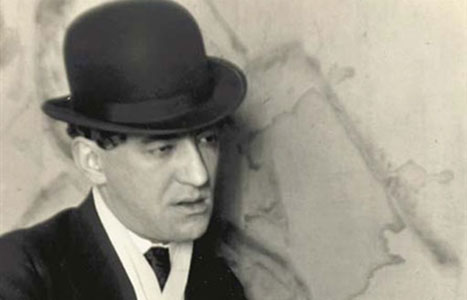
Pascin was a Bulgarian national who fled his homeland during or just before WW-1 to avoid being drafted into the army. His real name was Julius Mordecai Pincas and He was best known for his paintings that mostly portrayed women in casual poses, mostly nudes. He used to wear a bowler hat. Hemingway also noted that Pascin loved women and that he loved to drink. There were always people around Pascin.
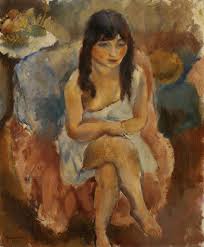
According to Pascin’s biographer, Georges Charensol:
“Scarcely had he chosen his table at the Dome or the Sélect than he would be surrounded by five or six friends; at nine o’clock, when we got up to dinner, we would be 20 in all, and later in the evening, when we decided to go up to Montmartre to Charlotte Gardelle’s or the Princess Marfa’s—where Pascin loved to take the place of the drummer in the jazz band—he had to provide for 10 taxis.”
The chapter Hemingway wrote about meeting Pascin at the Dome recounts a night in 1923. They have a drink and are kept company by two of Pascin’s models who are also sisters. The sisters and Pascin go out for dinner at a restaurant later and Hemingway goes home to his wife which he calls his “légitime” which means something like his wife or lawful partner.
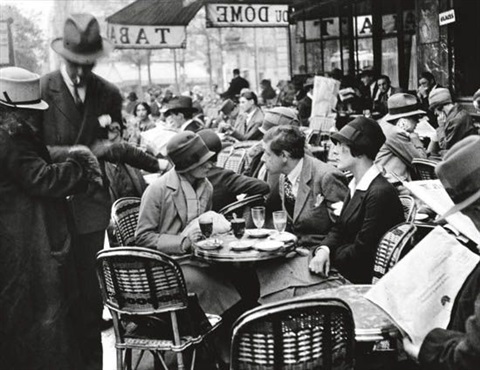
Pascin did hang himself in 1930. Hemingway says this about him:
“I liked to remember him as he was that night at the Dome. They say the seeds of what we will do are in all of us, but it always seemed to me that in those who make jokes in life the seeds are covered with better soil and with a higher grade of manure.”

